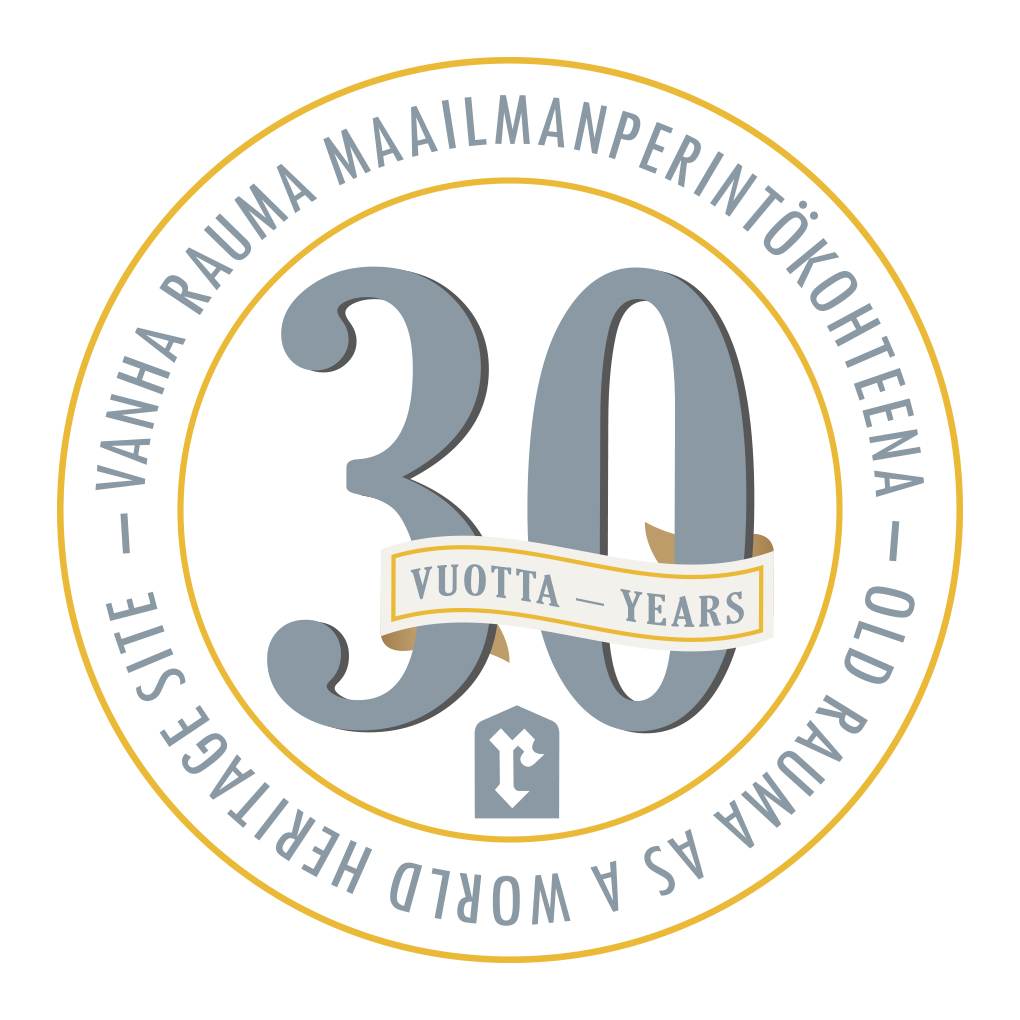MP30 – Russian Emperor Alexander I visits Old Rauma
15.7.2021


Old Rauma, a UNESCO World Heritage Site, will celebrate its 30th anniversary in 2021. Old Rauma was inscribed on the World Heritage List in 1991 as a unique example of a living and well-preserved old Nordic tree city.
The eighth part of the 30 Years of Old Rauma as a World Heritage Site series tells the story of the visit of the Russian Emperor Alexander I to Rauma in 1819.
Russian Emperor Alexander I’s visit to Old Rauma
Over the decades and centuries, Finland’s supreme leaders have rarely visited Rauma. Although Rauma has been an attractive trading centre for centuries, the state leadership has shown little interest in our city. In the past, this may have been due to the fact that our city is not located on any major inland waterway that could pose a threat to national defence.
During the 108 years of common history between Russia and Finland (1809-1917), only once is it known for certain that the Russian Emperor visited Rauma. Russian Emperor Alexander I (b. 23.12.1777, d. 1.12.1825) visited Rauma for one day. He made his trip to Finland at the request of Finnish advisers. At that time, Alexander I was not only Emperor of Russia, but also Grand Duke of Finland and King of Poland. He was a great warlord of the Romanov family and an Enlightenment educated man who understood the importance of reason and knowledge, but was also inclined to romanticism and mysticism. There are also stories about the death of Alexander I, according to which there is no certainty about the emperor’s death in 1825.
Russia had conquered Finland about 10 years earlier from Sweden in a battle known as the Finnish War. While travelling in Finland, the Emperor may have been exploring a new part of his empire. Although the trip was more or less a tour of discovery, it was nevertheless a state and political trip. The aim of the trip was to reduce the suspicions of the Finns towards their new ruler. Especially on the west coast of Finland, the influence of Swedishness, which was still damaging the unity of the country, could be felt at the time.
Alexander I arrived in Rauma on 7 September 1819.He came to Rauma from Pori and continued his journey from Rauma to Uuteenkaupunki. The Emperor’s journey from Pori to Rauma was made in ten horse-drawn covered carriages belonging to the expedition, carrying a full complement of eating utensils, tea, coffee, clothing and everyday utensils. According to the equipment lists, the expedition appeared to have about 30 horses at its disposal.
Throughout the journey, the party included Prince Volkonski, the personal physician Wylie and Lieutenant-General Martinau, who acted as interpreter. For part of the journey the party included Count Rehbinder and Captain Gripenberg. They were accompanied by a butler, a valet, a driver, a bodyguard and kitchen and driving staff. The interpreter had taught the Emperor short Finnish greetings and phrases, which he memorised. He also used these phrases to greet the citizens of Rauma when he arrived in the city.
Alexander I’s trip was not only to the west coast, but his visit to Rauma was part of a wider journey. The visit had begun in August in Arkhangelsk in Kauko-Karelia and had gone via Kuopio and Kajaani to Oulu and Tornio, among other places, and from there the party headed along the coast and its coastal towns all the way to Uusimaa.
Rauma prepared for the visit of Alexander I by improving the appearance of the town. One measure was to paint the exterior walls of the town hall, which served as the town’s administrative building. The Town Hall, completed in 1776, was painted red, but soon after the Emperor’s visit it was restored to its original colour. Only the Town Hall tower, which is more difficult to paint, remained red for decades, and this can still be seen in landscape photographs taken of Rauma in the early 20th century.
Risto Kupari, Museum and Culture Director of the City of Rauma
Sources of the text:
Heikki Rantatupa: Long live the emperor!
Åbo Allmänna Tidning No 144 (1819)
Rauma Museum archive

